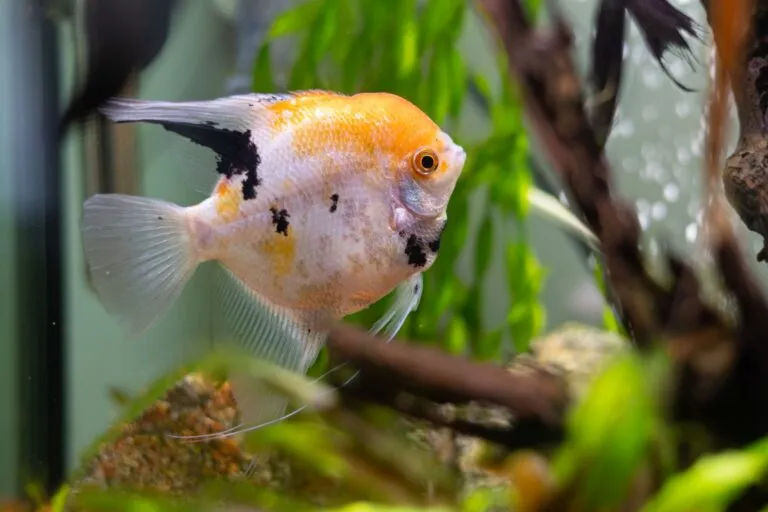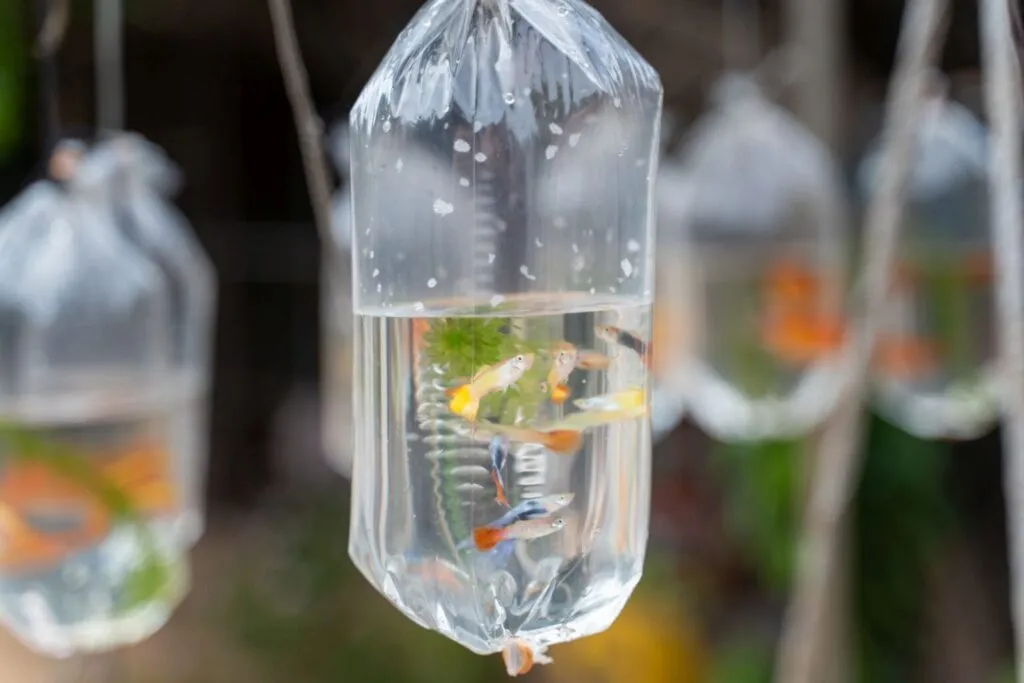Fish tuberculosis can develop slowly or spread rapidly. Depending on their immune status, infected fish may exhibit symptoms, but signs of illness do not always occur.
Based on clinical signs, it is usually not possible for aquarium owners to distinguish fish tuberculosis from other fish diseases. Therefore, consulting with a veterinarian is advisable.
The Acute Progression of Fish Tuberculosis
The acute progression of the disease is characterised by sudden inflammation and can advance within one to two weeks. The following symptoms may appear during this phase:
- Lethargy and lack of appetite
- A curved spine
- Changes to the scales
- Pale colour
- Exophthalmos (bulging eyes)
- Bloated abdomen
Additionally, affected fish develop white-grey nodules, known as granulomas, in almost all organs, but these are only visible after dissection.
The Chronic Progression
In most cases, fish tuberculosis progresses slowly, for example, in a chronic course: only a few fish occasionally develop nodules in their muscle tissue, visible from the outside as dark spots.
Eventually, these nodules burst open, releasing the bacteria into the water.
When Should I Visit the Vet?
As soon as you notice any signs of illness in your aquatic pets, you should scrutinise existing care and feeding conditions. Moreover, you should visit a veterinarian who is knowledgeable in fish diseases early on.
Timely treatment, such as for fish tuberculosis, can save lives or prevent other fish from infection.


